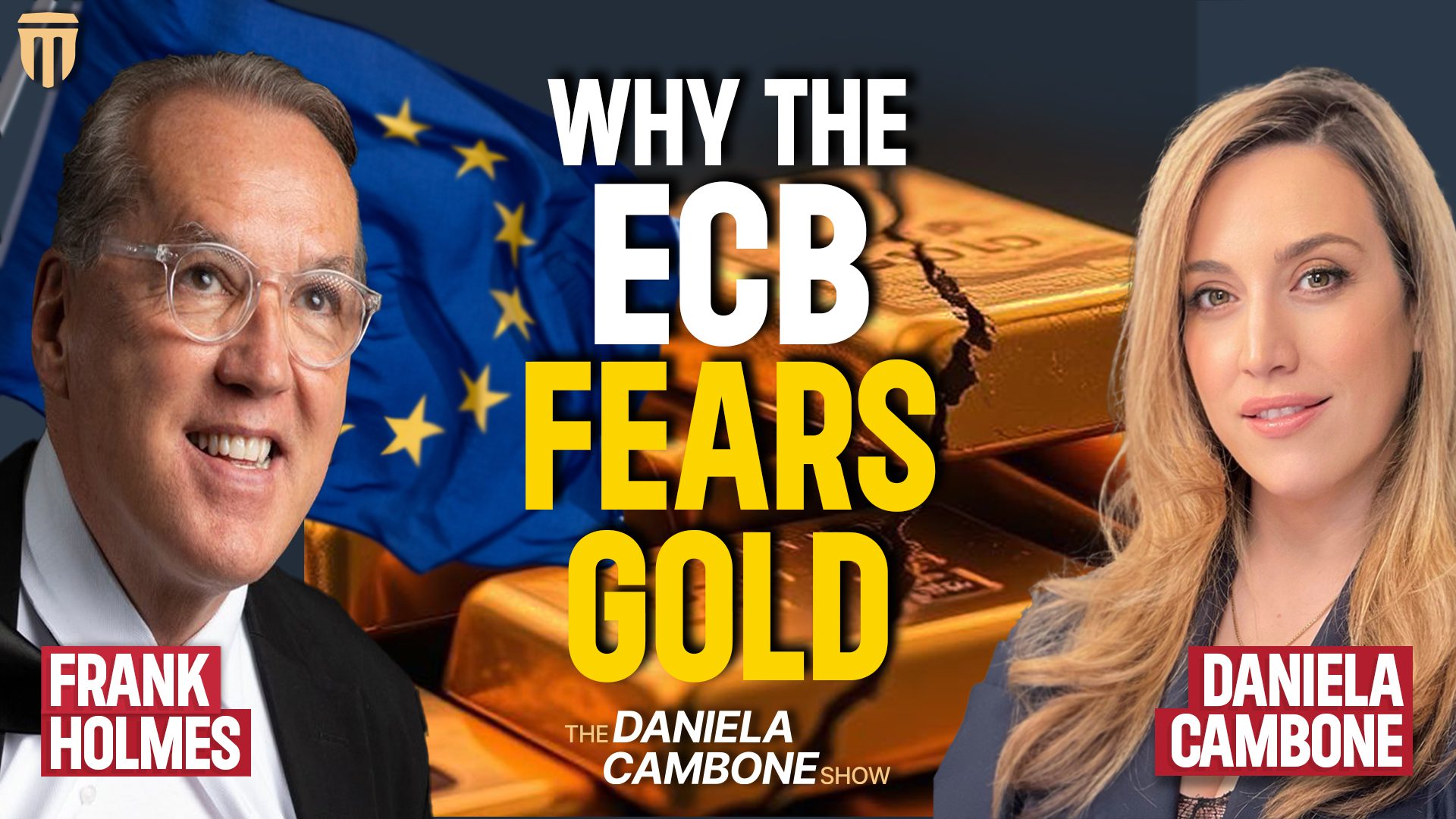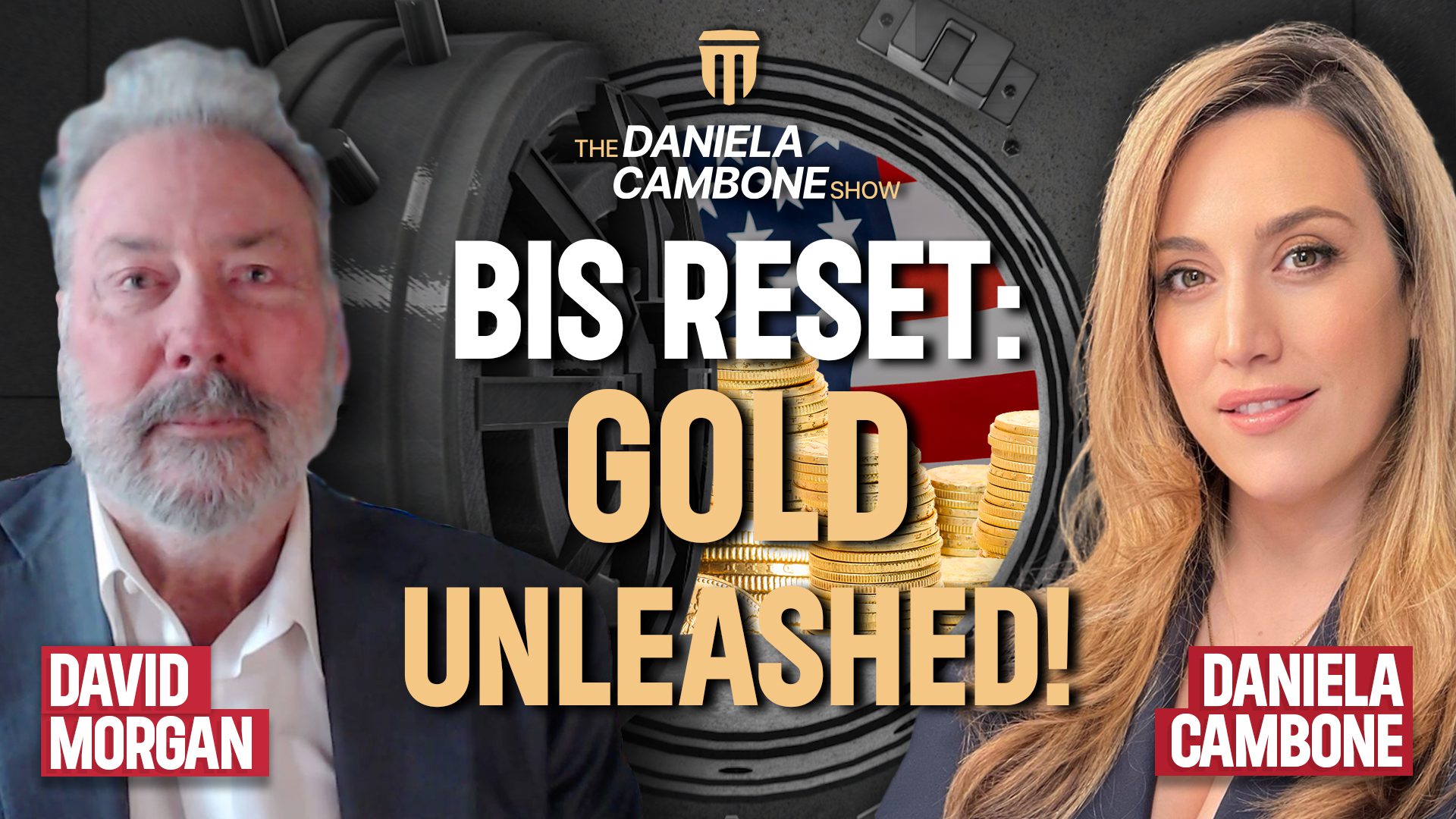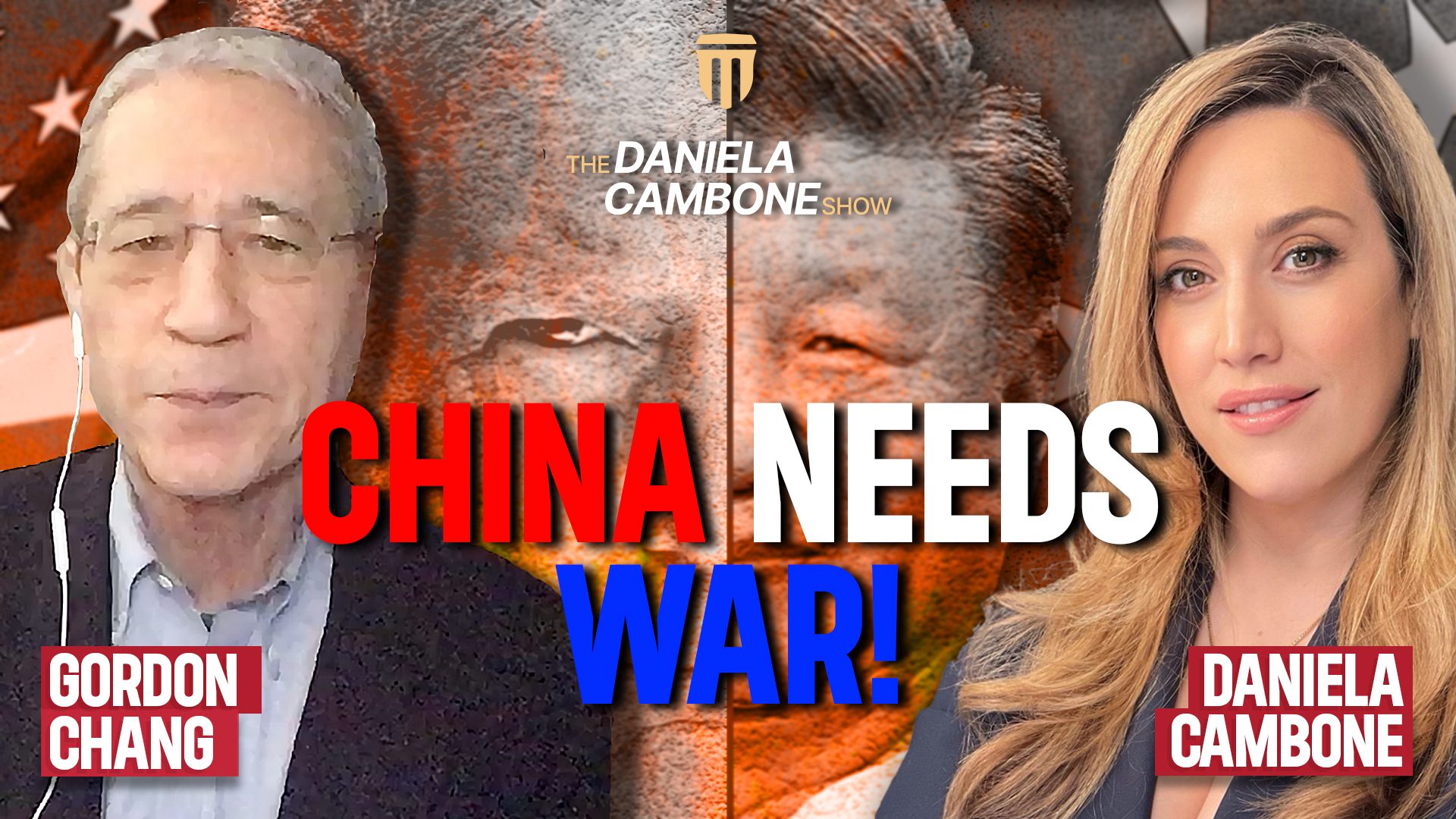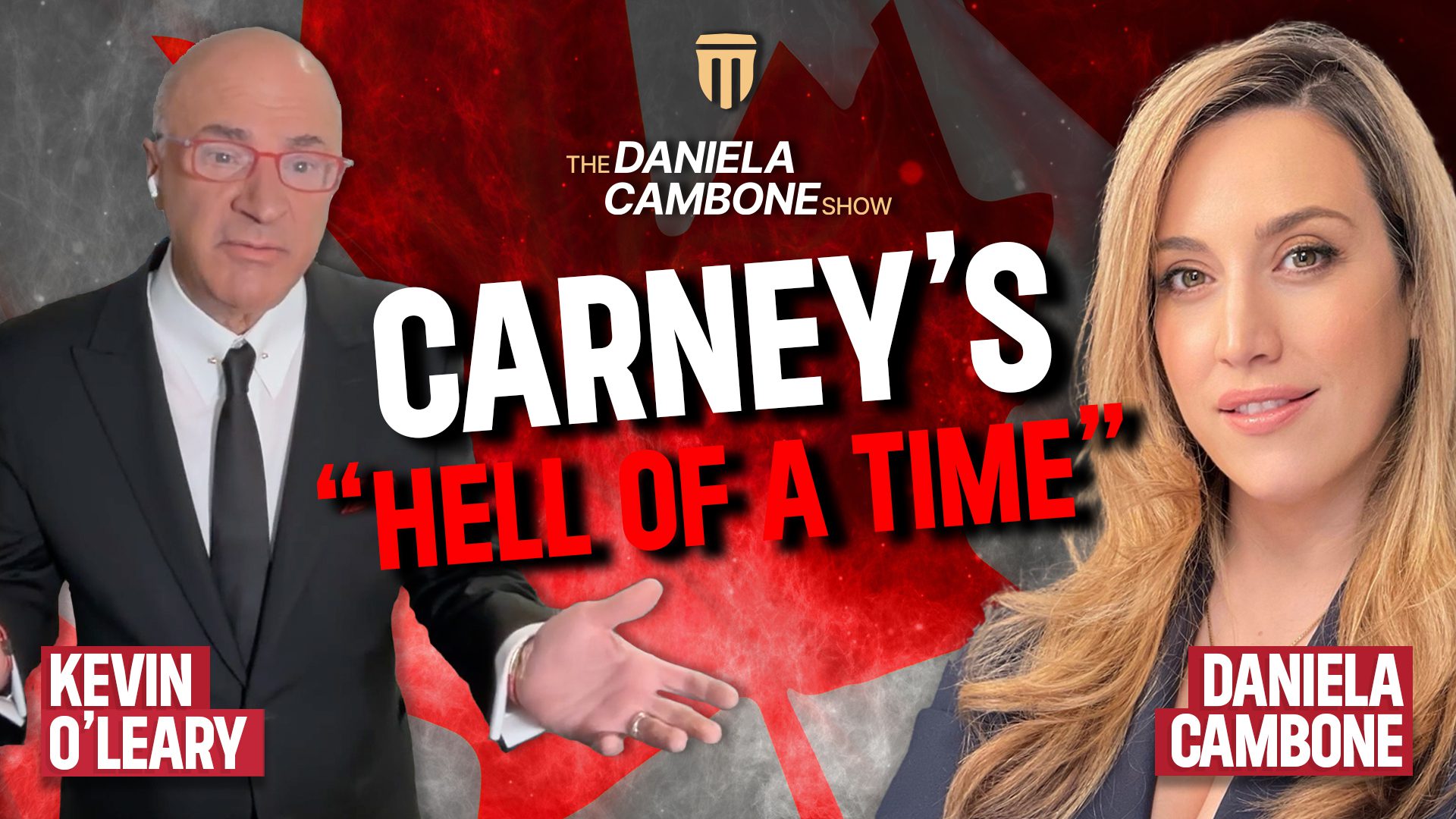Factors Affecting the Gold Spot Price

Gold, mankind’s universal and timeless money and store of value, is traded in many ways. The easiest and most direct way, and the way that governs millions of transactions every day, is cash payment followed by immediate delivery. In these transactions, the agreed upon benchmark price is called the “spot” price. Another term frequently used term for this type of transaction is the “cash” price. Many major gold brokers set a minimum number of ounces for a transaction at the spot price.
New investors sometimes mistake a futures price for the spot price. They are not the same. A futures price is a market-generated quote for delivery of a fixed amount of gold (frequently 100 ounces) at a specific time in the future. This price will be higher than that moment’s spot (cash) price because 1) it must include fees for storage and delivery of the gold, and 2) finance charges because payment will not be made until the delivery date.
Another spot-related factor gold investors frequently neglect: transaction size. Ten transactions of 10 ounces require a lot more time, expense, and effort on the part of a broker than one transaction of 100 ounces. In the international world of gold trading, size matters.
Here are some factors that influence the spot price of gold:
· US Dollar- The US Dollar exchange rate is allegedly the most significant factor influencing the price of gold. US current account deficit is financed through foreign investments. Any contraction in the volume of inflows reduces the demand of US Dollar, causing erosion in its value. In such conditions, the mass sentiments tilt towards safer investments in the form of precious metals, which are not similarly affected by economic distress. Therefore, there is a negative correlation between the price of precious metals and the Dollar value.
· Industrial Demand-One other major demand driver for gold is the level of industrial production. It bears a positive correlation with the price of gold.
· Central Banks-The Central Banks, apart from maintaining foreign exchange reserves, also maintain gold reserves as a safety net against inflationary conditions, to boost public confidence, income on lending, and so on. Often these banks control the supply of gold in the market and affect its domestic prices.
· Economic and Socio-Political Uncertainty-In the case of strong inflationary trends in the economy, wars, economic depression, and other socio-political disturbances, the paper currency loses its value. This enhances the demand of precious metals and consequently, sets an upward spiral in their prices.
Click here to view a spot price indicator tool. It is located at the top right of the page (colored in grey).













